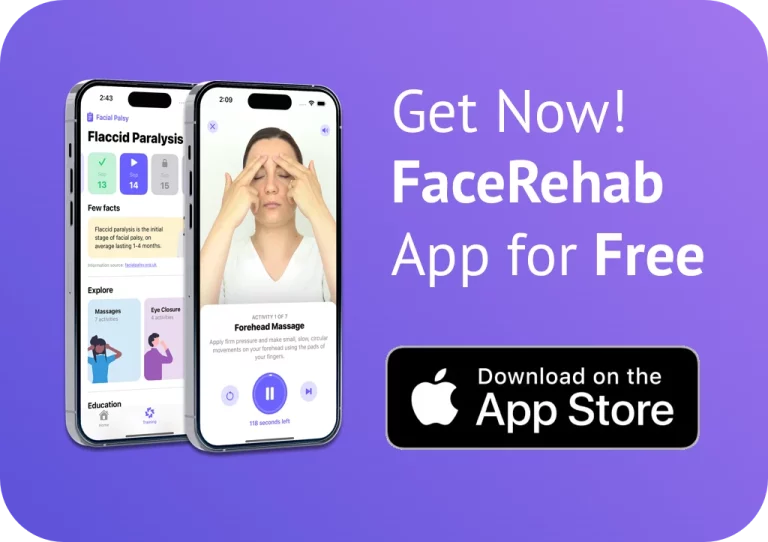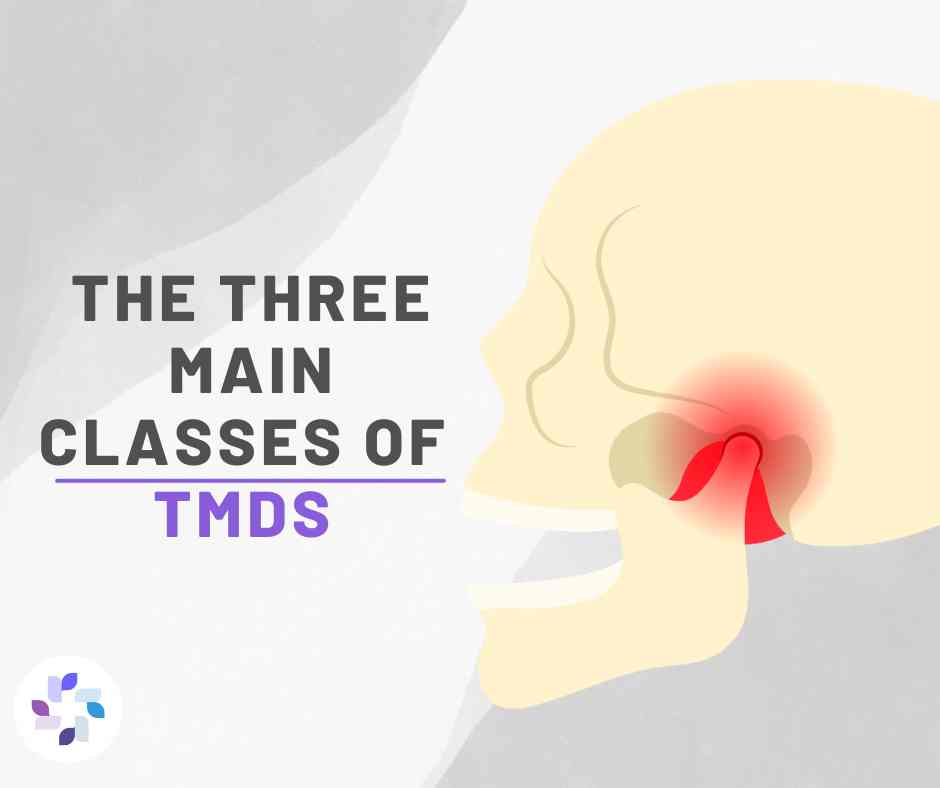Facial palsy encompasses a spectrum of causes, including viral infections like Bell’s palsy and Ramsay Hunt syndrome, surgical impacts, fractures, and strokes. Understanding these diverse causes is crucial, as they contribute to different manifestations of the condition.
Diverse Causes of Facial Palsy
Facial palsy can arise from over 50 different causes, spanning viral conditions such as Bell’s palsy and Ramsay Hunt syndrome to surgical interventions affecting the facial nerve, fractures, and strokes. Accurate diagnosis is imperative due to the prevalence of misdiagnoses, necessitating comprehensive patient assessments for proper treatment and management.
Impact on Recovery and Prognosis
The cause of facial palsy significantly influences recovery outcomes. For instance, patients with Bell’s palsy, especially those receiving steroids within the initial 72 hours, tend to show a higher probability of complete recovery within 6 to 12 weeks. Conversely, individuals affected by Ramsay Hunt syndrome, induced by the shingles virus, demonstrate a lower recovery rate, with 30% at risk of developing synkinesis without prompt treatment using steroids and antivirals.
Early intervention plays a crucial role, as timely access to steroids and antiviral medication within the critical three-day window of facial palsy onset significantly impacts recovery and reduces the risk of developing synkinesis. However, these medications do not guarantee immunity against synkinesis, as some patients may still develop severe symptoms despite receiving prompt treatment.
Managing Diverse Presentations
Facial palsy resulting from conditions like brain surgery affecting the facial nerve may also impact other cranial nerves, leading to a range of associated complications. Patients in such cases may experience multiple cranial nerve pathologies affecting hearing, facial sensation, eye sensation, or eye movement.
Understanding the specific cause of facial palsy and its associated presentations is crucial for tailored and appropriate management. This individualized approach to patient care ensures effective treatment options are available regardless of the presence or absence of synkinesis.
In summary, the multifaceted causes of facial palsy contribute to diverse presentations and recovery trajectories. Accurate diagnosis, early intervention, and tailored management are pivotal in optimizing treatment outcomes and enhancing the quality of life for individuals affected by this condition.
For further guidance and support, individuals can access resources like the Bell’s Palsy & Facial Paralysis by FaceRehab support group on Facebook or the FaceRehab Therapies World mobile application. These platforms use a questionnaire to assess the facial palsy stage and provide an approved rehabilitation plan by FTSI. Moreover, specialized professionals are available on the platform for expert consultations.
Source: Catriona Neville, Chair of Facial Therapy Specialists International (FTSI) & Facial Palsy Road To Recovery Podcast








